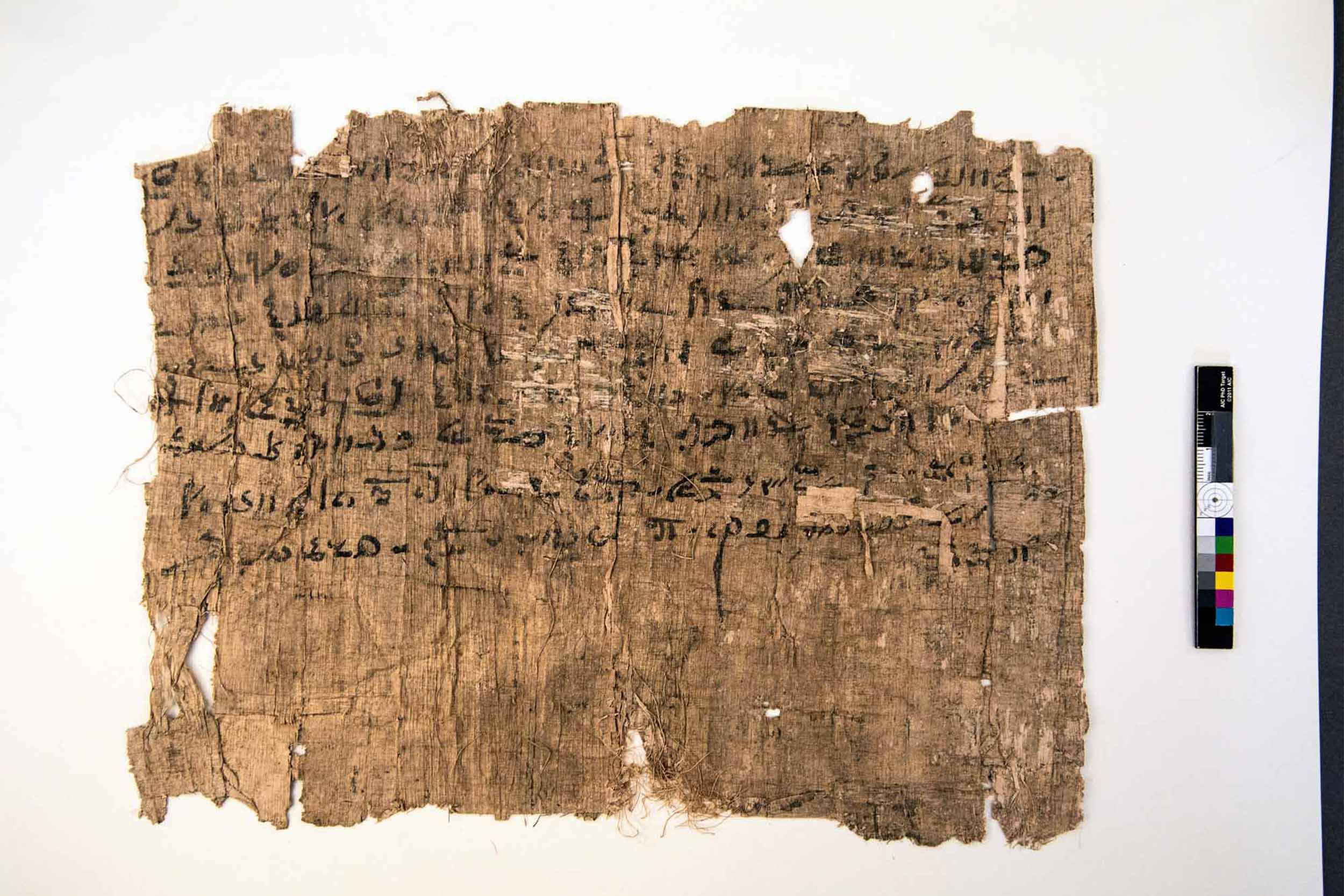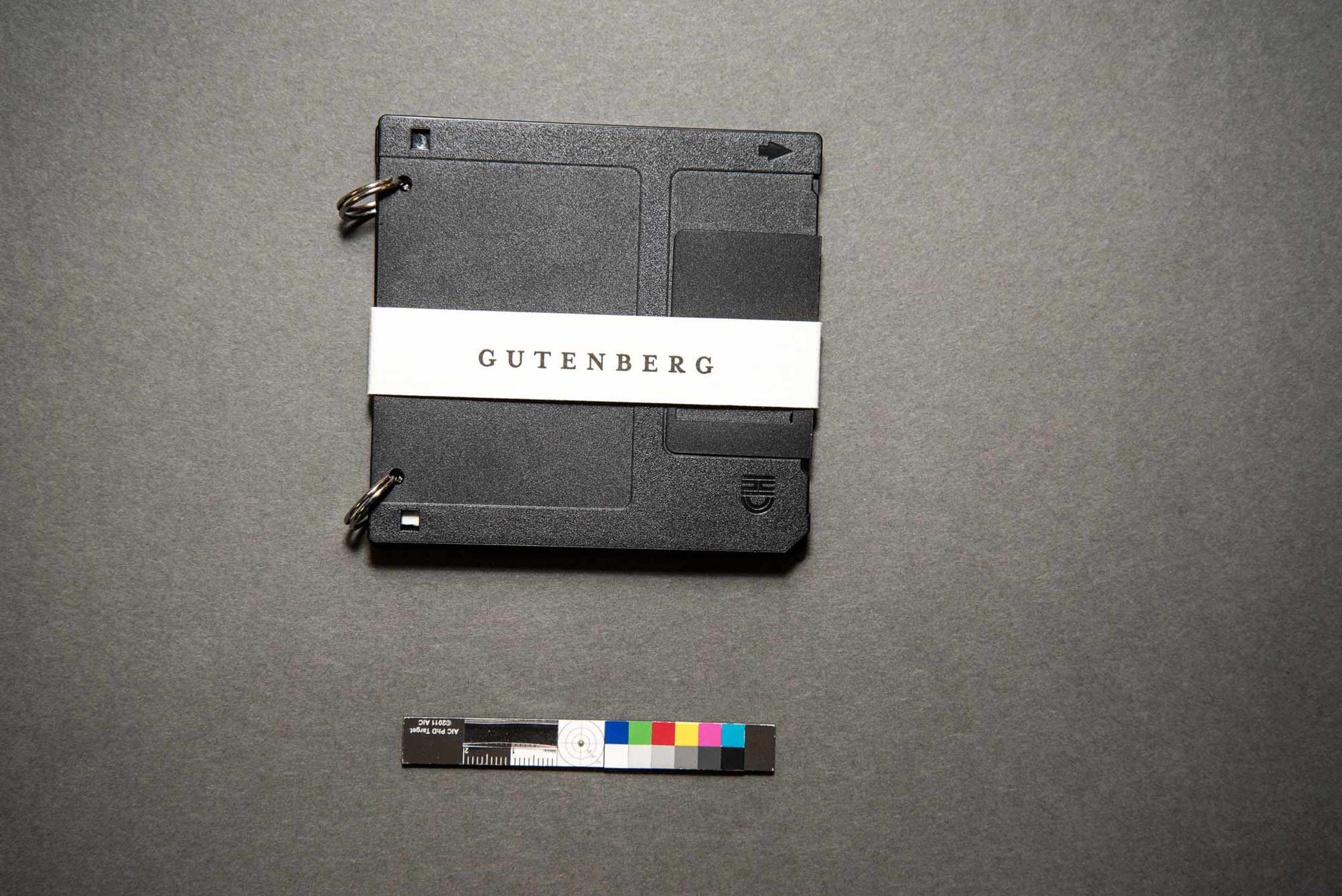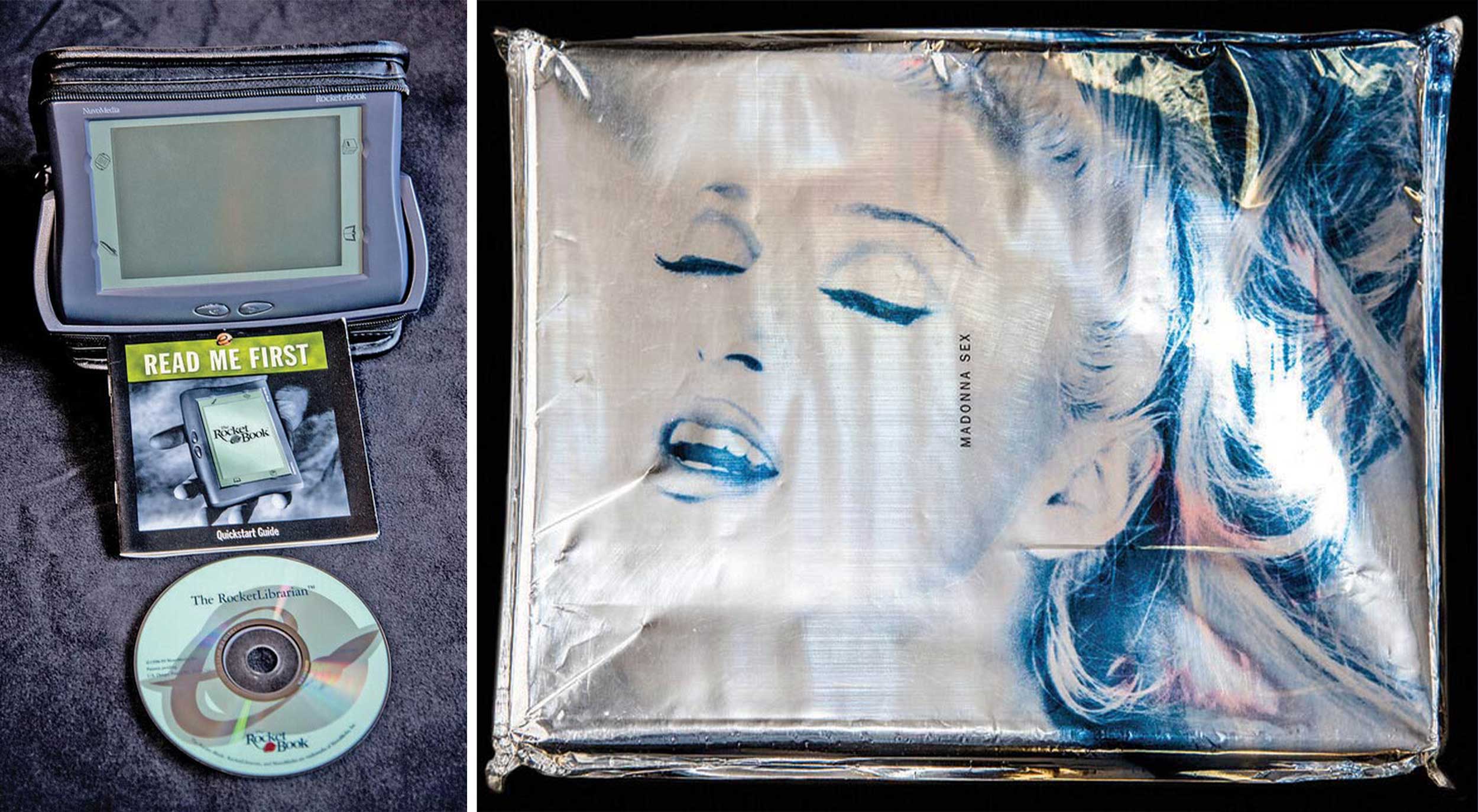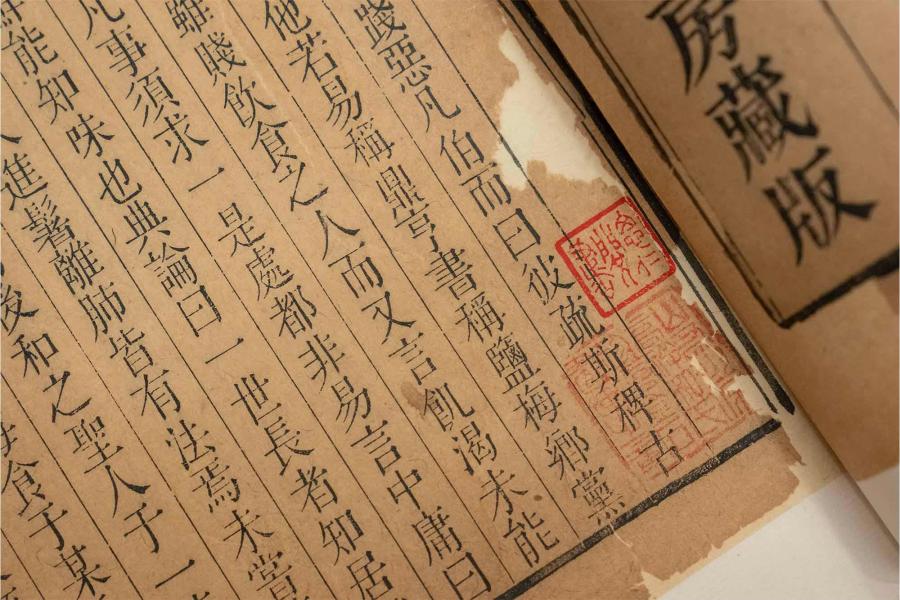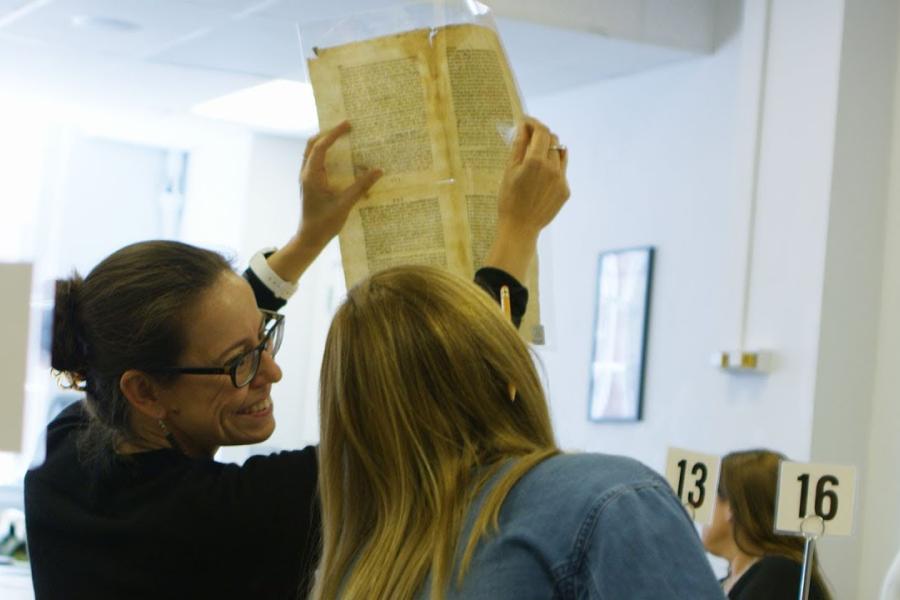These two extreme examples of what books can be are part of the extensive collections of Rare Book School, an independent institute located at the University of Virginia. Now, a varied selection is on exhibit at the Grolier Club in New York City.
The exhibition, “Building the Book from the Ancient World to the Present Day,” shows the history of books and how they’ve been made, up to the present day.
So which will last longer, a book made of paper or an electronic version?
“Digital files actually degrade at a much faster rate than a printed piece of paper, not to mention papyrus and animal skin,” said Ruth-Ellen St. Onge, associate curator and special collections librarian for Rare Book School.
With more than 200 items, the exhibit shows the origins of bookmaking, provides examples of how books can be created in many forms and materials, and pushes the boundaries of what a book can be, including artistic objects and e-readers.
“The exhibition is our chronological overview of how books are made – soup to nuts, beginning to end,” said curator Barbara Heritage, associate director of Rare Book School, who organized the show with St. Onge.
Despite the development of electronic reading devices, the book in physical form is not going away anytime soon, although how it’s produced is subject to change, the curators said.
“There is something for everyone,” Heritage said, and so far, the exhibit in the Grolier Club’s large gallery has attracted a range of visitors since it opened Sept. 28, according to the curators.
“We wanted to tell the story of the book and be inclusive,” Heritage said. “A lot of rare book exhibitions about the history of the book have focused on western Europe and North America. We wanted to tell a broader story, including Asia, the Middle East, North Africa and Latin America. We’ve been teaching this material, but we wanted to share more of this history for general public interest.”
Heritage and St. Onge are leading tours in person and virtually, as well as organizing a symposium that will be livestreamed all day on Nov. 4.
It was a challenge to decide what terms would work for books at every stage of their making and in different parts of the world, the curators agreed. They also chose different types of books, not just rare and extravagant examples.
“The books in the exhibition are from different scales of production and time periods, so we have things like a ‘book of hours’ manuscript from the Middle Ages to paperbacks from the 20th century,” St. Onge said.
One of the more unusual books is the artist Clark Coolidge’s surrealistic item, “On the Slates,” that contains a poem printed on loose pieces of paper the size of dollar bills, tied with an overprinted dollar bill, and tucked inside a used men’s shoe, all of it laid on tissue paper in a shoe box.
Another unique example comes from the performer Madonna, who pushed boundaries in more than music. She published a controversial book of photos, “Sex,” in 1992. The book is bound like a spiral notebook and comes in a silver Mylar package designed to mimic a condom wrapper.
Then there’s a book with covers made of hard-shelled zip disks, computer storage that was obsolete after just 25 years.
Heritage and St. Onge have published a book that accompanies the exhibit, “Building the Book from the Ancient World to the Present Day: How Manuscript, Printed, and Digital Texts Are Made,” being distributed by UVA Press. In the introduction they wrote, “The more we learn to look at books as objects, the more we understand how their material forms are expressive not only of their manufacture, but also of the myriad communities and social networks from which they emerge, whether an ancient Egyptian farm, an early modern Tibetan monastery, a 19th-century prairie schoolhouse, or a turn-of-the-millennium Canadian home with its own desktop computer.”
“I would love for UVA students to see these materials, how books have changed, and how beautiful and strange the book is in all its variety,” Heritage said.

